Flocculants and Coagulants | ChemTreat, Inc.
Aluminum Chloride Generally, aluminum chloride works similarly to alum, but is usually more expensive, hazardous, and corrosive. Because of this, it is normally a distant second choice to alum. ChemTreat has aluminum chloride available as a
Benefits of Aluminium foil when packaging food. Aluminium packaging is light, flexible and easily recyclable. Furthermore, it is hygienic, non-toxic and helps in keeping the aroma of foods. It keeps the food fresh for a long time and provides
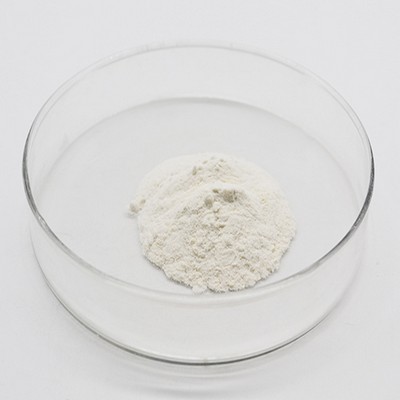
Polyaluminum Chloride (PAC) | GEO Specialty Chemicals
Paper manufacturing Specifications & Grades Assay (As available water soluble Al2O3) 10.0% min Specific Gravity 1.19 PH 2.3 - 2.7 Relative Basicity 45 -60% Grade Technical
Get Price
Recycling codes
Recycling codes are used to identify the material from which an item is made, to facilitate easier recycling or other reprocessing. The presence on an item of a recycling code, a chasing arrows logo, or a resin code, is not an automatic
Get Price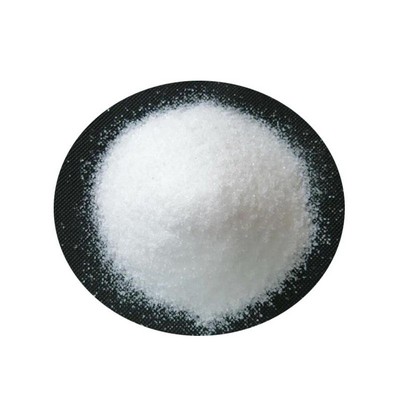
Emission factors in kg CO2-equivalent per unit
Reagent Chemical AlCl3 Aluminium chloride, AlCl3 kg 0%0.60 Reagent Chemical Alcool Alcohol kg 25%1.47 Reagent Chemical C2Cl4 Tetrachloroethylene, C2Cl4 kg 3.90
Get Price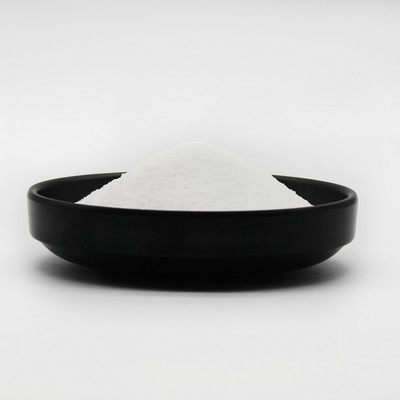
Vapor barrier
A vapor barrier (or vapour barrier) is any material used for damp proofing, typically a plastic or foil sheet, that resists diffusion of moisture through the wall, floor, ceiling, or roof assemblies of buildings to prevent interstitial
Get Price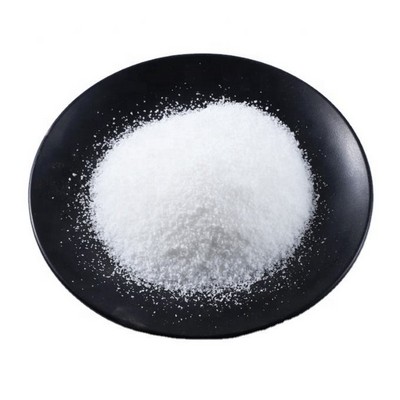
Global Alumina Trihydrate Market to Reach $1.8 Billion by 2024
SAN FRANCISCO, Aug. 6, 2024 /PRNewswire/ -- A new market study published by Global Industry Analysts Inc., (GIA) the premier market research company, today released its report titled "Alumina
Get Price
Water Handbook - Clarification | SUEZ
The amount of sludge produced during clarification can be reduced by 50-90%. The approximate dry weight of solids removed per pound of dry alum and ferric sulfate are approximately 0.25 and 0.5 lb, respectively. The resulting sludge contains
Get Price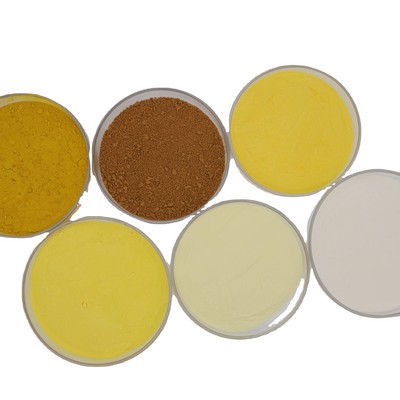
Sodium hydroxide - Essential Chemical Industry
Sodium hydroxide and chlorine are manufactured together by the electrolysis of sodium chloride. Large deposits of sodium chloride (rock salt) are found in many parts of the world. These deposits are almost pure sodium chloride and are often
Get Price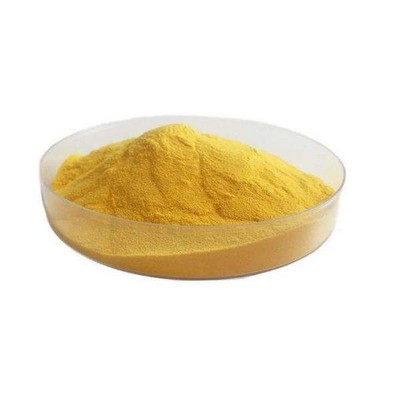
Paint Standards and Related Coating Standards
Paint Standards and Related Coating Standards. ASTM's paint and related coating standards are instrumental in specifying and evaluating the physical and chemical properties of various paints and coatings that are applied to certain bulk
Get Price
Sodium Hydroxide | Uses, Benefits, and Chemical Safety Facts
Sodium hydroxide (NaOH), also known as caustic soda or lye, is a highly versatile substance used in a variety of manufacturing processes. Learn more. Uses & Benefits Sodium hydroxide is used to manufacture many everyday products, such as pap
Get Price
Benzalkonium Chloride Market to exceed $1bn by 2025: Global
The benzalkonium chloride market is poised to rise from USD 605 million in 2024 to over USD 1 billion by 2025, according to a 2024 Global Market Insights, Inc. report. Growing demand for medicines
Get Price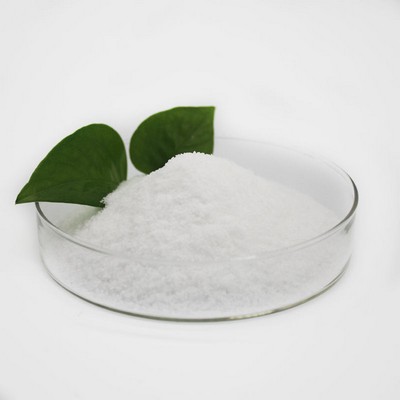
Aluminum (Al) and water - Lenntech
Aluminum chloride hydrolyses in water, and forms a mist when it comes in contact with air, because hydrochloric acid drops form when it reacts with water vapor. Aluminum ions in other compounds also hydrolyze, and this continues until the
Get Price
Polycarbonates - Essential Chemical Industry
This solution is then run off from the aqueous layer and is either evaporated to form granules of the polymer or ethanol is added to precipitate the solid polymer. However, an increasing proportion of polycarbonates is made via diphenyl
Get Price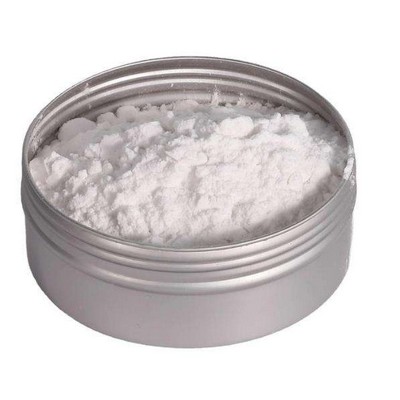
Methylmercury(II) chloride Cl ~13 % | 115-09-3
Methylmercury(II) chloride Cl ~13 %; CAS Number: 115-09-3; EC Number: 204-064-2; Linear Formula: CH3HgCl; find Sigma-Aldrich-442534 MSDS, related peer-reviewed papers, technical documents, similar products & more at Sigma-Aldrich
Get Price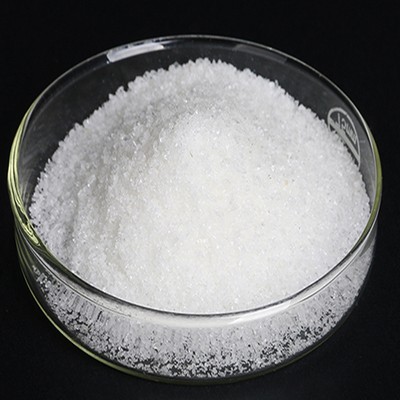
polyethylene | Properties, Structures, Uses, & Facts | Britannica
Polyethylene, light, versatile synthetic resin made from the polymerization of ethylene. Polyethylene is a member of the important family of polyolefin resins. It is the most widely used plastic in the world, being made into products ranging
Get Price
Coagulation and Flocculation in Water and Wastewater Treatment | IWA Publishing
Material for this article was largely taken from reference 1. Coagulation and flocculation are essential processes in various disciplines. In potable water treatment, clarification of water using coagulating agents has been practiced from
Get Price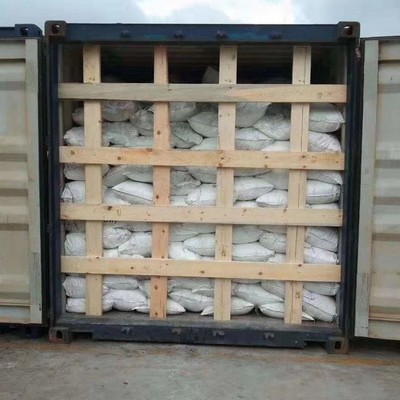
HUMAN HEALTH RISK ASSESSMENT FOR ALUMINIUM, ALUMINIUM OXIDE, AND ALUMINIUM HYDROXIDE
Aluminium exposure in these studies was estimated in a number of different ways including; exposure grading for different job categories, determination of total body burden of aluminium, number of years working in the aluminium industry, and eve
Get Price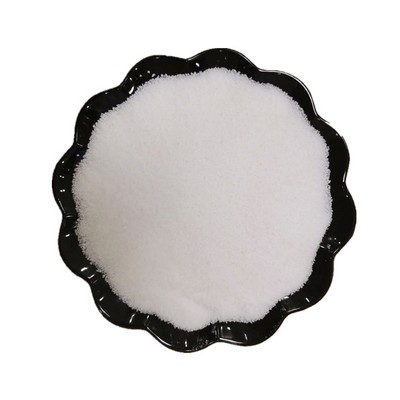
PVC | chemical compound | Britannica
In major industrial polymers: Polyvinyl chloride (PVC)Second only to PE in production and consumption, PVC is manufactured by bulk, solution, suspension, and emulsion polymerization of vinyl chloride monomer, using free-radical initiators. Vinyl
Get Price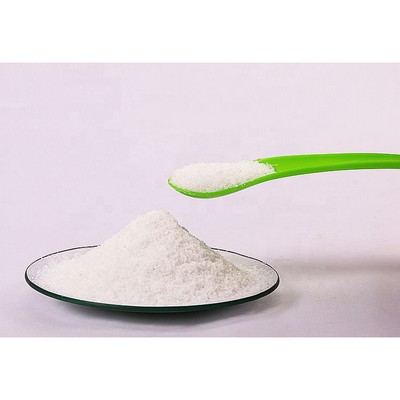
Polymers and plastics: a chemical introduction
Polypropylene T g = –10 C, T m = 173 C. PP Polypropylene is used alone or as a copyolymer, usually with with ethylene. These polymers have an exceptionally wide range of uses — rope, binder covers, plastic bottles, staple yarns, non-woven
Get Price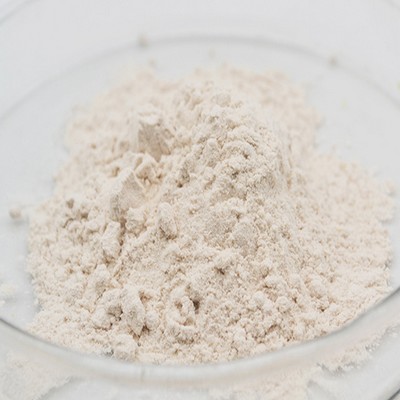
Potassium chloride
K-Cl cotransporters are proteins that lower intracellular chloride concentrations below the electrochemical equilibrium potential. The protein encoded by this gene is an integral membrane K-Cl cotransporter that can function in either a net
Get Price
Sodium hydroxide | NaOH - PubChem
Sodium hydroxide is also known as lye or soda, or caustic soda.At room temperature, sodium hydroxide is a white crystalline odorless solid that absorbs moisture from the air. It is a synthetically manufactured substance. When dissolved in water
Get Price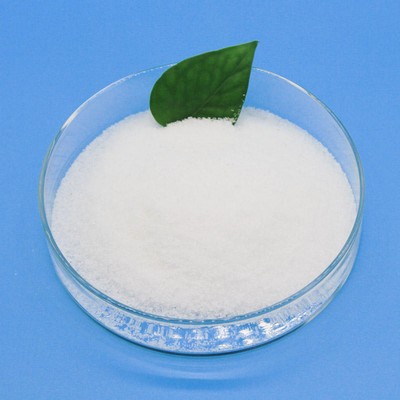
Polyvinyl Chloride (PVC) Plastic: Uses, Properties, Benefits & Toxicity - Free Online Database for Plastic Industry
Polyvinyl Chloride (PVC or Vinyl) is an economical and versatile thermoplastic polymer widely used in building and construction industry to produce door and window profiles, pipes (drinking and wastewater), wire and cable insulation, medical
Get Price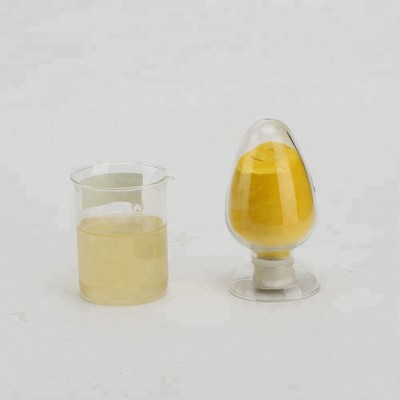
Methylene Chloride - Overview | Occupational Safety and Health Administration
Methylene chloride, also called dichloromethane, is a volatile, colorless liquid with a chloroform-like odor. Methylene chloride is used in various industrial processes, in many different industries including paint stripping, pharmaceutical
Get Price
Ashland | Products
Hair Care. Skin and Sun Care. 2-Bromo-2-Nitropropane-1,3-Diol (and)Ethylparaben (and) Myrtrimonium Bromide (and) PPG-2 Methyl Ether. Tried and true, Ashland's classic preservatives deliver efficient antimicrobial power to a wide variety of
Get Price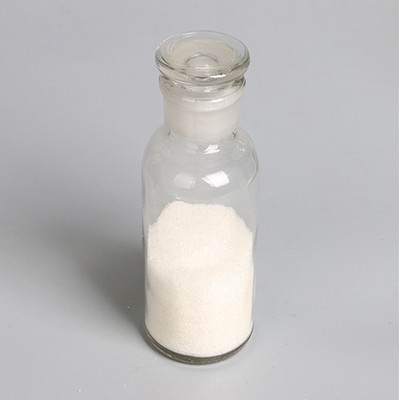
Graco Chemical Compatibility Guide
COMPATIBILITY CHEMICAL COMPATIBILITY Chemicial Compatibility Guide The following information is intended to be used as a general guideline for pump material selection. The information accuracy of these ratings cannot be guaranteed, nor is it a
Get Price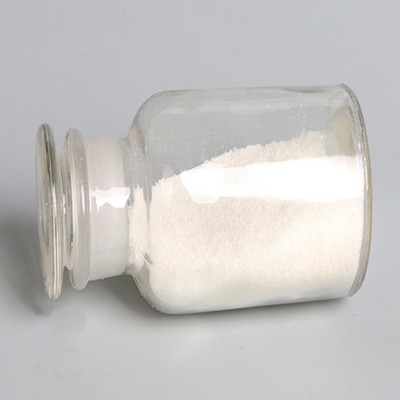
Polypropylene (PP) - BPF
Polypropylene (PP) is a linear hydrocarbon polymer, expressed as CnH2n. PP, like polyethylene (see HDPE, L/LLDPE) and polybutene (PB), Polypropylene is a polyolefin or saturated polymer. Polypropylene is one of those most versatile polymers avai
Get Price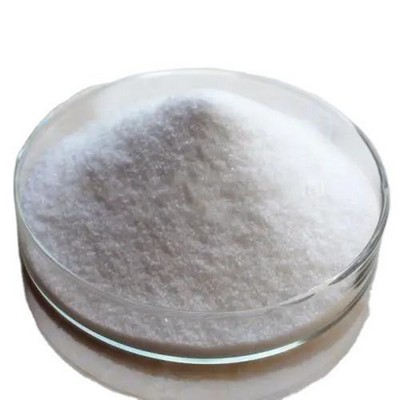
Aluminum-Ion Batteries Charge 60 Times Faster than Lithium-Ion - AZoNano
Aluminum-Ion Batteries Charge 60 Times Faster than Lithium-Ion. GMG claims that the batteries they are producing can charge up to 60 times faster than the best lithium-ion alternatives currently available. This means that, for example, an Apple
Get Price- Where are the most effective wastewater treatment plants in Brazil?
- 20 per cent relied on septic tanks not connected to collection networks. The remaining 25 per cent of the population relied on unimproved sanitation services. The most effective wastewater treatment plants are located in the most populous state, São Paulo, in the south-eastern part of Brazil. 37 per cent or 16 percentage points since 2009.
- How does water management work in Brazil?
- Result: Wastewater treatment improved by 16 percentage points, thanks to large-scale investments including the construction of 900 new treatment plants. Water management in Brazil is based on multiple water uses and is organized by river basin – the country is divided into 12 hydrographic regions, the largest being the Amazon basin.
- What stage is Brazil at in wastewater management?
- Conclusions The aim of this article is to show the path toward sustainability in wastewater management and what stage Brazil is at. It shows that Brazil is still at stage 1 (prevention of or reduction in pollution at the source), although it has already achieved some items related to stage 2 (wastewater collection and treatment).
- What percentage of wastewater is treated in Brazil?
- According to data from the National Sanitation Information System (SNIS) published in 2022 [ 13 ], the country collected an average of 55.8% of the wastewater produced in the country ( Figure 2 ), of which only 51.2% was treated. Figure 2. Sanitation coverage in Brazil (2022). Source: BRASIL, 2022 [ 13 ].








